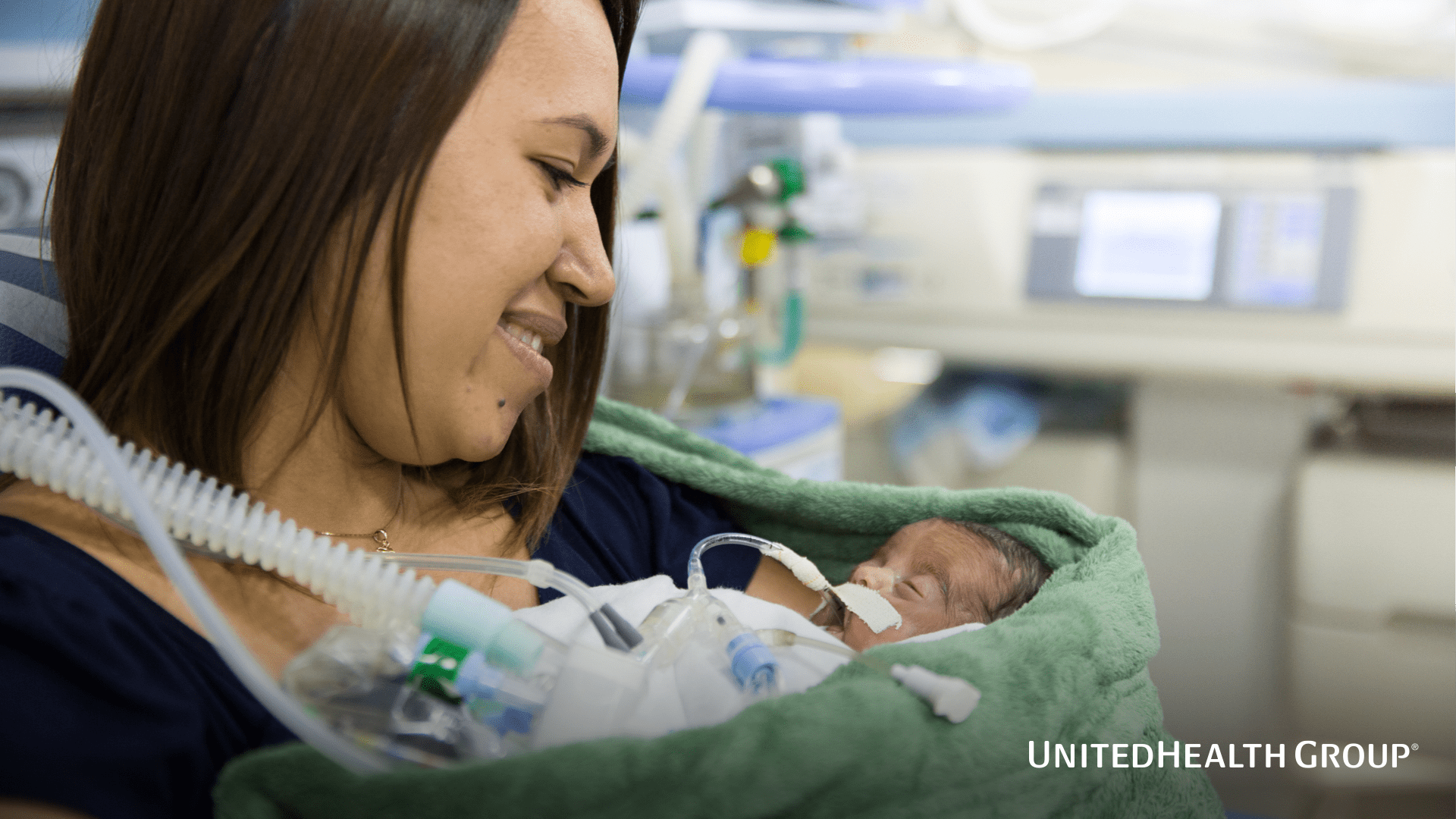| | | | | | | Presented By UnitedHealth Group | | | | Vitals | | By Caitlin Owens ·May 25, 2021 | | Good morning. I'm already back! - Don't worry, Tina just took a long weekend and will be back in your inboxes tomorrow morning.
Today's word count is 1,117, or a 4-minute read. | | | | | | 1 big thing: Re-emerging without trust |  Data: Axios/Ipsos Poll; Note: 3.2% margin of error; Chart: Axios Visuals Americans are taking off their masks and re-engaging publicly at levels not seen since the start of the pandemic, with the most dramatic shifts in people over 50 and those who've been vaccinated, according to the latest installment of the Axios/Ipsos Coronavirus Index. The big picture: It's happening despite significant distrust over strangers' honesty about their COVID-19 vaccination status and amid major confusion over Centers for Disease Control and Prevention guidance on mask use and social distancing for those vaccinated, Axios' Margaret Talev writes. - About one in five respondents said the CDC has been "very clear" in its updated guidance. Half said it's "somewhat clear," while nearly one in three said it's not clear.
What they're saying: "It's one of two things," said Cliff Young, president of Ipsos U.S. public affairs. "You're vaccinated, your family's vaccinated, so what do you have to worry about? Or, you just don't care, you weren't that worried before and you're not that worried now." The intrigue: The poll asked respondents how much they trusted various groups of people to be honest about their about their COVID-19 status. - Respondents were most likely to say they have a great or fair amount of trust in family and friends (88%) or coworkers (71%).
- They were less likely to trust people outside of their close circles (38%) and even less likely to trust people at sporting events or concerts (25%), indoor restaurants and bars (25%) and airports (24%).
By the numbers: Just 45% of respondents now say they're wearing a mask at all times when they leave their homes, and 32% say they're keeping six feet of distance from others at all times — the lowest shares for both in more than a year. Go deeper. |     | | | | | | 2. Racial segregation in U.S. hospitals |  Reproduced from Lown Institute Hospitals Index; Chart: Axios Visuals Some of the least racially inclusive hospitals in the U.S. are located in the same cities — even within blocks, in some cases — as some of the most inclusive hospitals, according to a new report from the Lown Institute. Why it matters: In a year that has highlighted racial inequities in health care, the analysis shows the segregation still playing out at hospitals across the nation, Axios' Tina Reed reports. Details: Lown, a health care think tank, looked at looked the demographics of more than 3,200 hospitals' Medicare patients compared to the demographics of hospitals' surrounding communities. - In the 50 most inclusive hospitals, people of color made up 61% of patients on average. At the 50 least inclusive hospitals, people of color made up 17% of the patients on average, the report said.
- Atlanta and Los Angeles leaned heavily toward non-inclusive hospitals, while Washington, D.C. had a closer mix.
- As Axios' Bob Herman has previously reported, cash-strapped safety-net hospitals are more likely to treat patients who are people of color, while wealthier facilities treat more white patients. But safety-net hospitals lack the resources of their more affluent counterparts, which exacerbates disparities in health outcomes.
What they're saying: "If you want to see structural racism, just look at big city hospitals during COVID. Hospitals with a history of serving communities of color needed refrigerator trucks to hold bodies of deceased patients, while wealthier hospitals nearby had empty beds," said Vikas Saini, president of the Lown Institute. |     | | | | | | 3. The challenges of a potential Alzheimer's drug | | A new drug to treat Alzheimer's disease may soon enter the market, but getting it to patients could be challenging, Bloomberg reports. Why it matters: The drug, which is called aducanumab and made by Biogen, is the first Alzheimer's treatment thought to slow the progression of the disease in people who show early signs of cognitive impairment. - It could provide a beacon of hope for the millions of Americans who are at risk for the disease, but it'd also present complicated challenges that the health system would have to figure out how to handle.
State of play: The FDA is expected to decide by June 7 whether the drug works well enough to enter the market. Details: An estimated 88 million Americans 55 and older may be eligible for an initial screening to see if they're candidates for treatment. Of those, 2.4 million may ultimately qualify, according to a 2017 Rand Corp. analysis. - The drug is delivered in monthly intravenous infusions, and must be administered to patients early in their disease.
- It's unclear whether dementia specialists, infusion sites and imaging centers would be able to meet the expected demand, per Bloomberg.
- The RAND analysis found that diagnosis and delivery hurdles could lead to an average wait time of 18 months for a new Alzheimer's drug like aducanumab.
Additionally, the drug could cost tens of thousands of dollars per year, raising questions about how Medicare and commercial insurers will reimburse for it. |     | | | | | | A message from UnitedHealth Group | | Working to improve maternal care in underserved communities | | |  | | | | Nearly 1 in 4 women do not receive essential prenatal care. - Through local community partnerships in states like Nevada, Hawaii, Michigan and Ohio, UnitedHealth Group is helping to reduce maternal health disparities.
Learn more about how we're advancing health equity. | | | | | | 4. Case disparities follow vaccine disparities |  Black and Hispanic Americans are once again seeing higher coronavirus case rates than white Americans — as their vaccination rates continue to lag, per CDC data. Why it matters: The virus will continue to infect and kill people who aren't protected from it. If fewer people of color are vaccinated, that means more are at risk of getting sick — which is exactly what's happening among some groups. Yes, but: American Indians and Alaskan Natives saw the highest case rate among all races and ethnicities as of early May. But they've had the highest vaccination rate all year. - Asian Americans are experiencing lower case rates and roughly the same vaccination rates as white Americans.
By the numbers: As of May 1 — the most recent date for which the CDC has complete data — there were 50 weekly coronavirus cases per every 100,000 white Americans, 69 cases among every 100,000 Hispanic Americans, and 74 cases among every 100,000 Black Americans. - At that time, 28% of white Americans had received at least one dose of the vaccine, compared to only 19% of Hispanic and Black Americans. The gap has remained over the last month.
- The CDC only has race and ethnicity data for 61% of Americans who have received at least one shot.
Between the lines: "In some places, the virus continues to rage among those who haven't received a shot," the Washington Post recently reported, adjusting case rates to account for vaccinated people. |     | | | | | | 5. COVID treatments by the numbers | | About 68% of hospitalized coronavirus patients were receiving dexamethasone this past December — up from just 4% in June, Axios' Marisa Fernandez writes from a study published in JAMA Network Open. - Remdesivir saw a similar jump over the same period, and the use of hydroxychloroquine plummeted as studies found that it didn't work and may have even made things worse.
Between the lines: Doctors and hospitals adjusted quickly to changes in the scientific evidence about various treatments, giving patients the best possible shot at survival. Yes, but: Promising antibody treatments have been consistently hard to get, and still are. |     | | | | | | A message from UnitedHealth Group | | Helping to advance health equity with actionable insights | | |  | | | | For more than 30 years, the United Health Foundation's America's Health Rankings has provided actionable insights to identify health disparities across the U.S. - Our latest report identifies disparities among seniors, including food insecurity and risk of social isolation.
Read the report. | | | | | | Axios thanks our partners for supporting our newsletters.
Sponsorship has no influence on editorial content. Axios, 3100 Clarendon Blvd, Suite 1300, Arlington VA 22201 | | | You received this email because you signed up for newsletters from Axios.
Change your preferences or unsubscribe here. | | | Was this email forwarded to you?
Sign up now to get Axios in your inbox. | | | | Follow Axios on social media:    | | | | | |







No comments:
Post a Comment